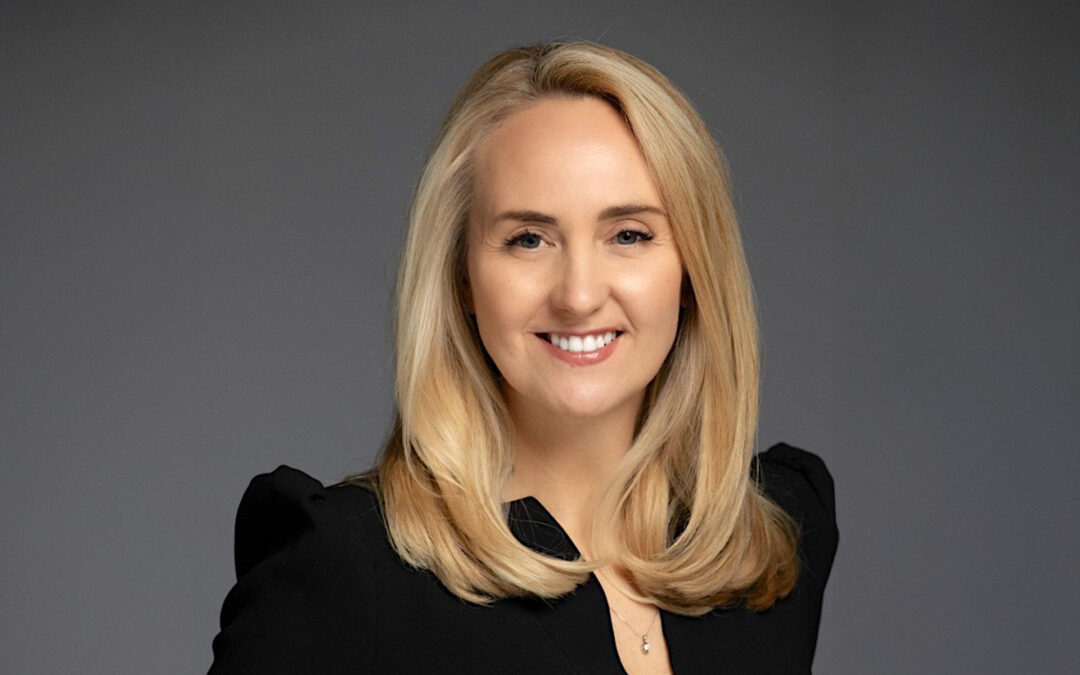Even as key elements continue gaining in the United States, the economy appears to have slowed enough for the U.S. Federal Reserve to lower interest rates later this year.
According to National Retail Federation chief economist Jack Kleinhenz, in the August NRF Monthly Economic Review, the possibility of getting inflation under control and avoiding a recession is still viable, and that could provide support for consumer spending in the second half of 2024
Kleinhenz noted that year-over-year gross domestic product growth rebounded to 2.8% in the second quarter, doubling the 1.4% seen in the first quarter and contributing to a 2.1% advance for the year’s first half. Inflation, as measured by the Personal Consumption Expenditures Price Index, a favored Fed metric, fell to 2.6% year over year from 3.4% in the first quarter. The number remained above the Fed’s target of 2%, but prices for services generated almost all the inflation recorded, which was near zero for retail goods. Although they remain wary of rising prices to a degree beyond what the Census Bureau figures indicate, a Federal Reserve Bank of New York survey demonstrated that consumers do think that inflation will gradually slow over the next few years, from 3% a year from now to 2.9% in three years and 2.8% in five years.
In another factor that will weigh on Fed action, the three-month average for payroll gains slowed to 177,000 jobs in June from 267,000 in March, which reflects an economy that is growing but cooling. Hiring fell from 5.7 million jobs in May to 5.3 million in June, as job openings declined from 8.23 million to 8.18 million over the period.
Although the Fed left interest rates unchanged in its recent meeting, chairman Jerome Powell said a rate cut “could be on the table” in September.
From the current perspective, second-quarter retail sales data provided by the U.S. Census Bureau “showed a sturdy and adaptable U.S. consumer willing to spend despite cost pressures,” Kleinhenz stated. Total retail sales during the second quarter increased 2.5% year over year and 2.8% in the first half of 2024. Core retail sales, as defined by NRF, excluding automobile dealers, gasoline stations, and restaurants, gained 3.2% year over year for the first six months, in line with NRF’s forecast for 2024 core retail sales to grow between 2.5% and 3.5% from the year prior. Job and wage growth as it has proceeded, with disposable income up 3.6% year over year in the second quarter, has bolstered the consumer ability and willingness to spend, Kleinhenz noted.
“The consumer environment has kept the expansion on a positive path toward a ‘soft landing’ despite high interest rates,” Kleinhenz said. “Meanwhile, inflation has not yet been fully tamed, but we are seeing progress.”
He added, “Job growth has been lumpy but has clearly moderated and is likely to keep the Federal Reserve on course to begin cutting interest rates later this year.”





